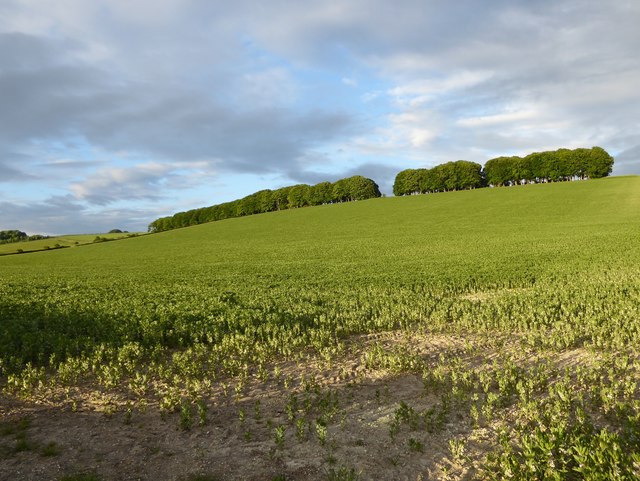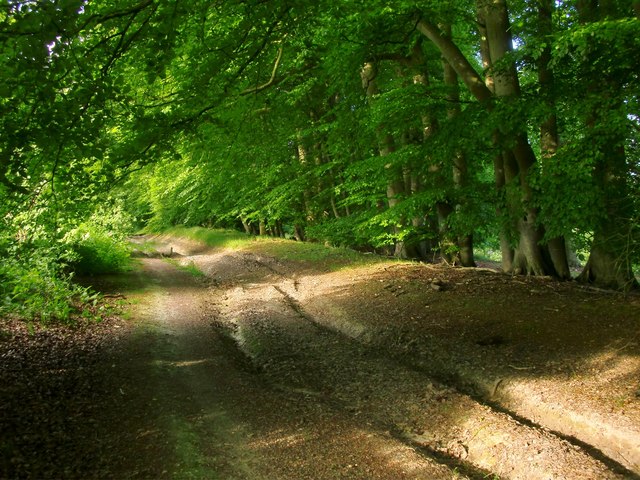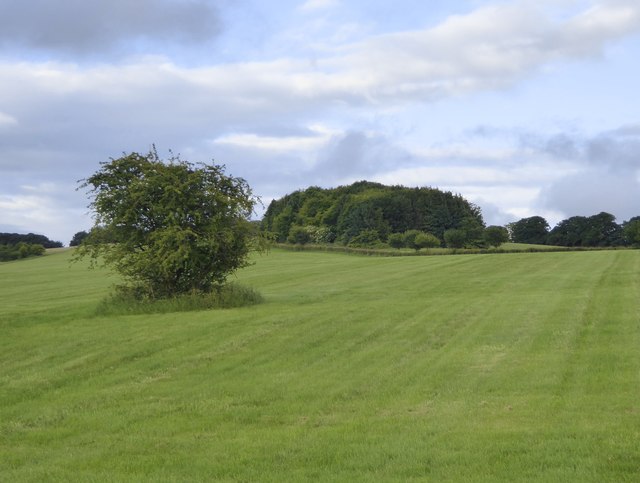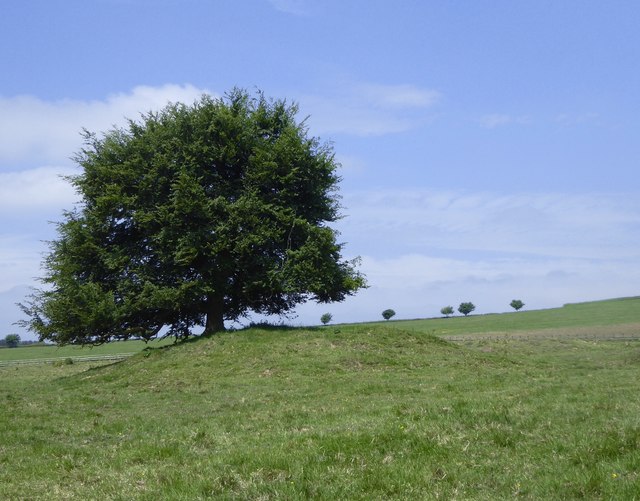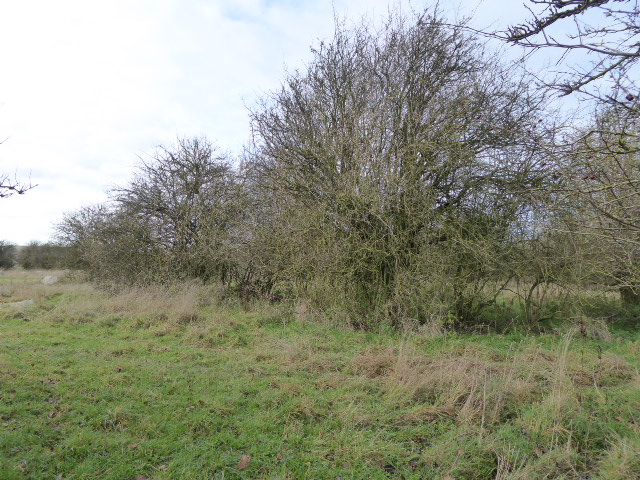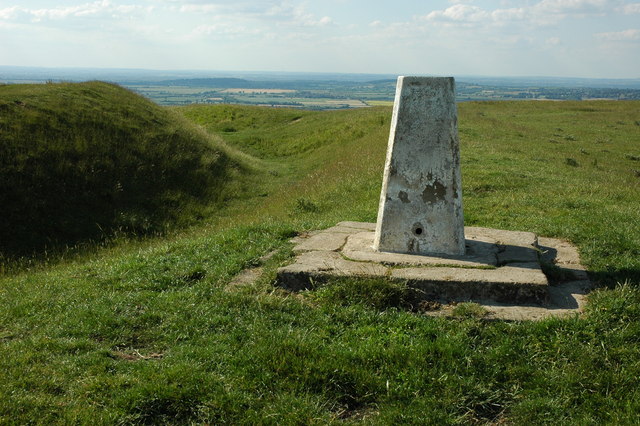Crog Hill
Hill, Mountain in Berkshire Vale of White Horse
England
Crog Hill
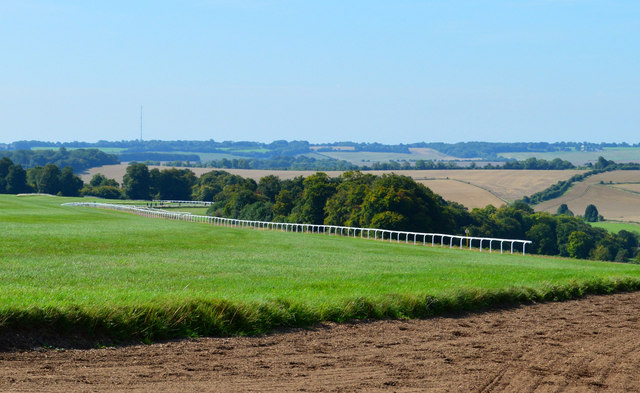
Crog Hill is a prominent hill located in Berkshire, England. Rising to an elevation of 261 meters (856 feet), it is considered one of the highest points in the county. Situated within the Berkshire Downs, Crog Hill offers breathtaking panoramic views of the surrounding landscape.
This hill is primarily composed of chalk and forms part of the North Wessex Downs Area of Outstanding Natural Beauty. Its distinct rounded shape is a result of centuries of erosion by wind and rain, giving it a unique and picturesque appearance. The summit of Crog Hill is adorned with a trig point, which serves as a marker for surveying and mapping purposes.
The area surrounding Crog Hill is rich in history and archaeology. Traces of ancient settlements, including Iron Age hillforts, have been discovered on its slopes. These remnants provide insight into the hill's significance as a defensive site during ancient times.
Today, Crog Hill is a popular destination for outdoor enthusiasts and nature lovers. The hill offers various walking trails and footpaths, allowing visitors to explore the beautiful countryside and enjoy the breathtaking views. Wildlife, including birds of prey and rare flora, can often be spotted in the area.
Access to Crog Hill is relatively easy, with nearby parking facilities and public transportation options available. Local authorities have taken measures to preserve the natural beauty of the area and maintain the trails for visitors to enjoy.
In summary, Crog Hill in Berkshire is a stunning natural landmark, offering panoramic views, a rich historical background, and opportunities for outdoor recreation.
If you have any feedback on the listing, please let us know in the comments section below.
Crog Hill Images
Images are sourced within 2km of 51.552323/-1.5402567 or Grid Reference SU3183. Thanks to Geograph Open Source API. All images are credited.
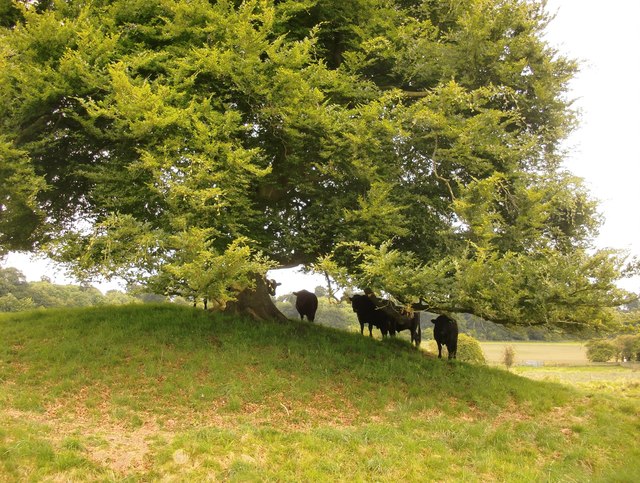
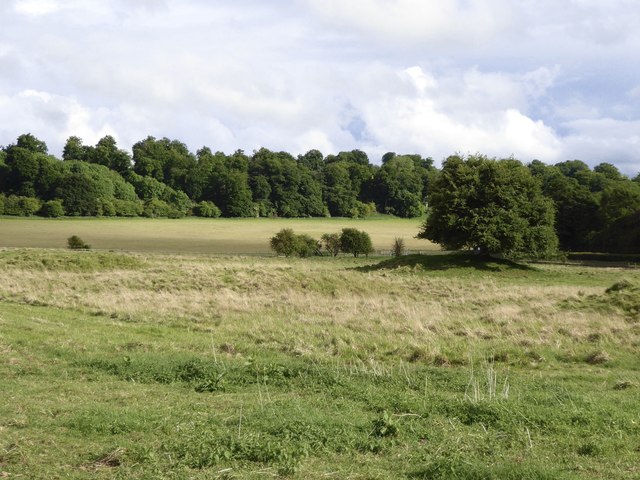
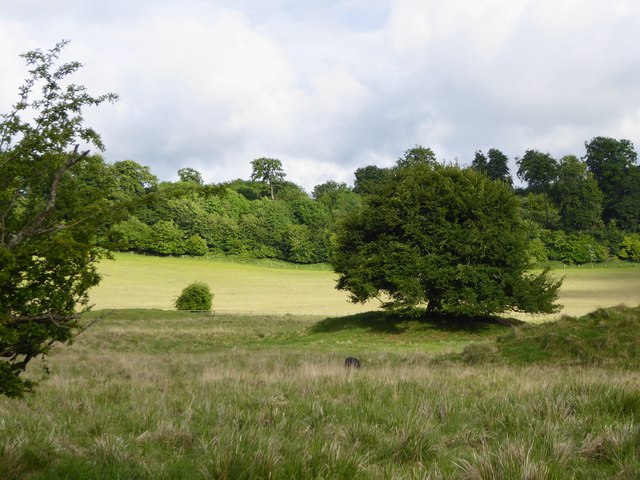


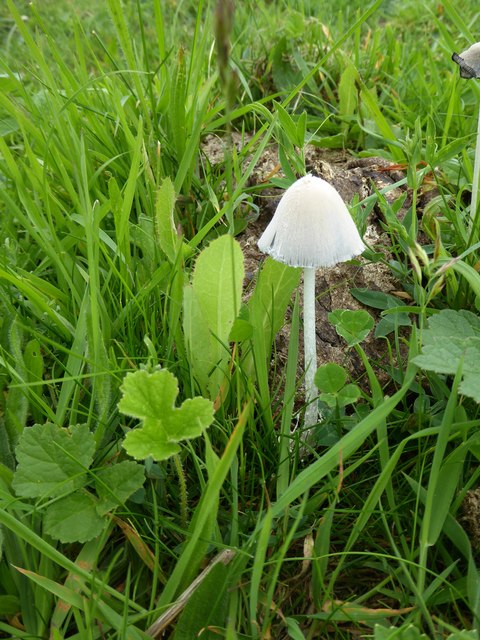

Crog Hill is located at Grid Ref: SU3183 (Lat: 51.552323, Lng: -1.5402567)
Administrative County: Oxfordshire
District: Vale of White Horse
Police Authority: Thames Valley
What 3 Words
///quit.relief.fully. Near Lambourn, Berkshire
Nearby Locations
Related Wikis
Seven Barrows
Seven Barrows is a Bronze Age bowl barrow cemetery, 4-hectare (9.9-acre) of which are designated a biological Site of Special Scientific Interest, at Upper...
Croker's Hole
Croker's Hole is a 4.4-hectare (11-acre) biological Site of Special Scientific Interest north of Upper Lambourn in Berkshire.The site is a narrow grassland...
Park Farm Down
Park Farm Down or Parkfarm Down is a 3.3-hectare (8.2-acre) biological Site of Special Scientific Interest north-west of Lambourn in Berkshire. It is in...
Uffington Castle
Uffington Castle is an early Iron Age (with underlying Bronze Age) univallate hillfort in Oxfordshire, England. It covers about 32,000 square metres and...
Have you been to Crog Hill?
Leave your review of Crog Hill below (or comments, questions and feedback).


